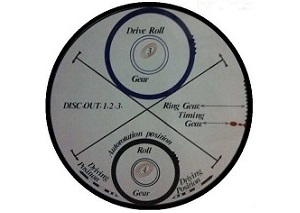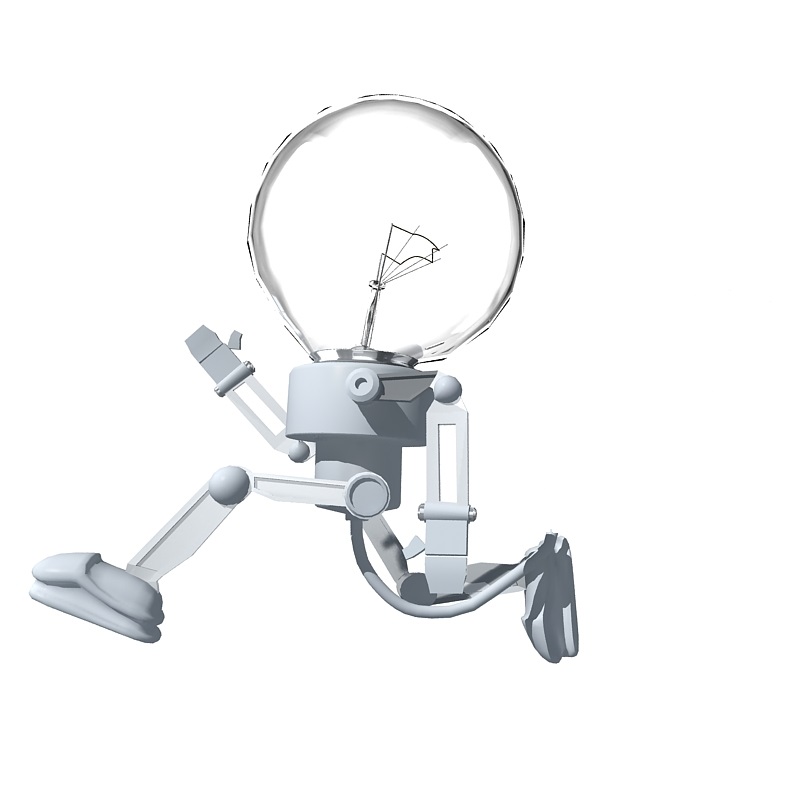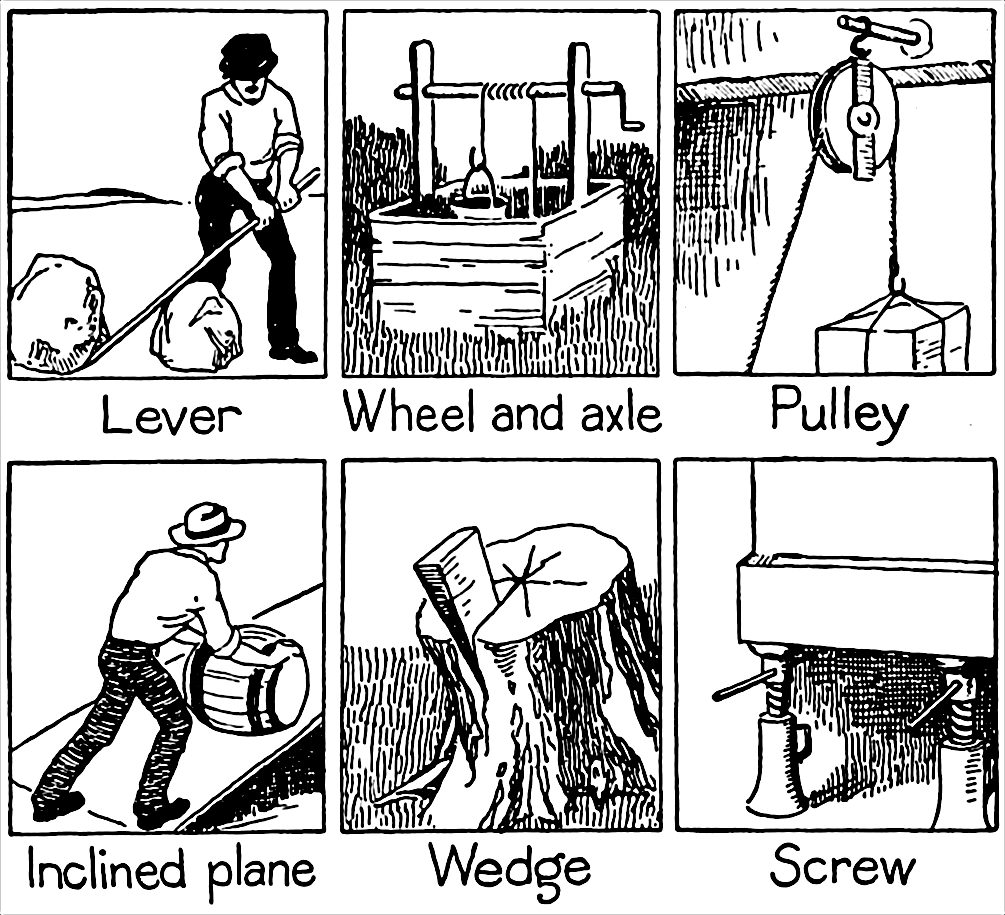Speed

The objective of this mission is to travel through space at three million kilometers per second
மனித வாழ்க்கையில் வேகம் மிகவும் அவசியமான ஒன்று நாம் வாழும் பூமியில் செல்வதற்கு உண்டான வேகம் முழுமைப்பெற்ற நிலையில் விண்ணுலகத்திற்கு உண்டான பயணத்தின் வேகம் நம்மால் அதிகப்படுத்த முடியவில்லை காரணம் நம்மிடத்தில் சரியான தொழில்நுட்பம் இல்லை அதற்கு உண்டான முயற்சி சரியான ரீதியில் பண்ணுவதில்லை
Speed is very important in human life, the speed of traveling on earth where we live is perfect, we cannot increase the speed of traveling to space because we do not have the right technology and we are not making the right effort.
The user raises a critical point about the disparity between terrestrial and space travel speeds, attributing it to technological and effort gaps. Here’s a structured analysis and response:
### **Current State of Speed**
– **Earth Travel**: Modern transportation (cars, planes, trains) meets most human needs efficiently. Innovations like hyperloop or supersonic jets suggest potential for improvement, but current systems are largely “good enough” for daily life.
– **Space Travel**: Relies on chemical rockets (powerful but inefficient) and ion thrusters (efficient but slow). Trips to Mars take months, and outer solar system missions require years, highlighting limitations.
### **Technological Challenges**
1. **Propulsion Limits**: Existing methods (chemical, electric) face trade-offs between thrust and efficiency. Breakthroughs like **nuclear thermal propulsion** or **solar sails** are promising but underdeveloped.
2. **Energy Demands**: Achieving relativistic speeds requires immense energy. Concepts like fusion, antimatter, or theoretical warp drives remain speculative or face physics hurdles.
3. **Historical Attempts**: Projects like **Orion (nuclear pulse propulsion)** were abandoned due to political/ethical concerns, while ideas like the EmDrive lacked scientific validity.
### **Societal and Political Factors**
– **Funding Priorities**: Space competes with urgent issues (climate change, healthcare). ROI for advanced propulsion is long-term and uncertain, deterring investment.
– **Private Sector Role**: Companies like SpaceX reduce costs via reusability but still use conventional tech. Starship aims for Mars but doesn’t solve speed limitations.
– **Global Collaboration**: Initiatives like NASA’s Artemis or international Mars missions show progress, but lack unified focus on propulsion breakthroughs.
### **Paths Forward**
1. **Increased R&D Investment**: Prioritize funding for experimental tech (e.g., fusion drives, laser propulsion) and basic physics research.
2. **Public-Private Partnerships**: Leverage corporate innovation (e.g., SpaceX, Blue Origin) alongside government programs.
3. **International Cooperation**: Pool resources and expertise globally to tackle grand challenges.
4. **Public Engagement**: Inspire support through education and cultural narratives emphasizing exploration’s long-term benefits.
### **Conclusion**
While Earth’s transportation systems are adequate, space travel’s speed limitations stem from both technological barriers and societal prioritization. Addressing this requires a balanced approach: advancing propulsion science while fostering political and public will to sustain long-term efforts. The journey to faster space travel is as much about engineering as it is about humanity’s collective ambition to explore beyond our planet.
பூமி மற்றும் விண்வெளி பயண வேகங்களுக்கு இடையிலான வேறுபாட்டைப் பற்றி பயனர் ஒரு முக்கியமான விஷயத்தை எழுப்புகிறார், இது தொழில்நுட்ப மற்றும் முயற்சி இடைவெளிகளால் ஏற்படுகிறது. இங்கே ஒரு கட்டமைக்கப்பட்ட பகுப்பாய்வு மற்றும் பதில்:
### **தற்போதைய வேக நிலை**
– **பூமி பயணம்**: நவீன போக்குவரத்து (கார்கள், விமானங்கள், ரயில்கள்) பெரும்பாலான மனித தேவைகளை திறமையாக பூர்த்தி செய்கிறது. ஹைப்பர்லூப் அல்லது சூப்பர்சோனிக் ஜெட் விமானங்கள் போன்ற கண்டுபிடிப்புகள் முன்னேற்றத்திற்கான சாத்தியக்கூறுகளை பரிந்துரைக்கின்றன, ஆனால் தற்போதைய அமைப்புகள் பெரும்பாலும் அன்றாட வாழ்க்கைக்கு “போதுமானவை”.
– **விண்வெளி பயணம்**: வேதியியல் ராக்கெட்டுகள் (சக்திவாய்ந்த ஆனால் திறமையற்றது) மற்றும் அயன் த்ரஸ்டர்களை (திறமையான ஆனால் மெதுவாக) நம்பியுள்ளன. செவ்வாய் கிரகத்திற்கான பயணங்கள் மாதங்கள் எடுக்கும், மேலும் வெளிப்புற சூரிய மண்டல பயணங்கள் ஆண்டுகள் தேவை, வரம்புகளை எடுத்துக்காட்டுகின்றன.
### **தொழில்நுட்ப சவால்கள்**
1. **உந்துவிசை வரம்புகள்**: தற்போதுள்ள முறைகள் (வேதியியல், மின்சாரம்) உந்துவிசைக்கும் செயல்திறனுக்கும் இடையிலான சமரசங்களை எதிர்கொள்கின்றன. **அணு வெப்ப உந்துவிசை** அல்லது **சூரிய பாய்மரங்கள்** போன்ற முன்னேற்றங்கள் நம்பிக்கைக்குரியவை ஆனால் வளர்ச்சியடையாதவை.
2. **ஆற்றல் தேவைகள்**: சார்பியல் வேகத்தை அடைவதற்கு மகத்தான ஆற்றல் தேவைப்படுகிறது. இணைவு, எதிர்ப்பொருள் அல்லது கோட்பாட்டு வார்ப் டிரைவ்கள் போன்ற கருத்துக்கள் ஊகமாகவே இருக்கின்றன அல்லது இயற்பியல் தடைகளை எதிர்கொள்கின்றன.
3. **வரலாற்று முயற்சிகள்**: **ஓரியன் (அணு துடிப்பு உந்துவிசை)** போன்ற திட்டங்கள் அரசியல்/நெறிமுறை கவலைகள் காரணமாக கைவிடப்பட்டன, அதே நேரத்தில் எம்ட்ரைவ் போன்ற கருத்துக்கள் அறிவியல் செல்லுபடியாகவில்லை.
### **சமூக மற்றும் அரசியல் காரணிகள்**
– **நிதி முன்னுரிமைகள்**: விண்வெளி அவசர பிரச்சினைகளுடன் (காலநிலை மாற்றம், சுகாதாரம்) போட்டியிடுகிறது. மேம்பட்ட உந்துவிசைக்கான ROI நீண்ட கால மற்றும் நிச்சயமற்றது, முதலீட்டைத் தடுக்கிறது.
– **தனியார் துறை பங்கு**: SpaceX போன்ற நிறுவனங்கள் மறுபயன்பாடு மூலம் செலவுகளைக் குறைக்கின்றன, ஆனால் இன்னும் வழக்கமான தொழில்நுட்பத்தைப் பயன்படுத்துகின்றன. ஸ்டார்ஷிப் செவ்வாய் கிரகத்தை நோக்கமாகக் கொண்டுள்ளது, ஆனால் வேக வரம்புகளைத் தீர்க்கவில்லை.
– **உலகளாவிய ஒத்துழைப்பு**: நாசாவின் ஆர்ட்டெமிஸ் அல்லது சர்வதேச செவ்வாய் பயணங்கள் போன்ற முயற்சிகள் முன்னேற்றத்தைக் காட்டுகின்றன, ஆனால் உந்துவிசை முன்னேற்றங்களில் ஒருங்கிணைந்த கவனம் இல்லை.
### **முன்னோக்கி செல்லும் பாதைகள்**
1. **அதிகரித்த ஆராய்ச்சி மற்றும் மேம்பாட்டு முதலீடு**: சோதனை தொழில்நுட்பத்திற்கான நிதிக்கு முன்னுரிமை கொடுங்கள் (எ.கா., இணைவு டிரைவ்கள், லேசர் உந்துவிசை) மற்றும் அடிப்படை இயற்பியல் ஆராய்ச்சி.
2. **பொது-தனியார் கூட்டாண்மைகள்**: அரசாங்கத் திட்டங்களுடன் நிறுவன கண்டுபிடிப்புகளை (எ.கா., ஸ்பேஸ்எக்ஸ், ப்ளூ ஆரிஜின்) பயன்படுத்திக் கொள்ளுங்கள்.
3. **சர்வதேச ஒத்துழைப்பு**: பெரும் சவால்களைச் சமாளிக்க உலகளவில் வளங்களையும் நிபுணத்துவத்தையும் திரட்டுங்கள்.
4. **பொது ஈடுபாடு**: ஆய்வின் நீண்டகால நன்மைகளை வலியுறுத்தும் கல்வி மற்றும் கலாச்சார விவரிப்புகள் மூலம் ஆதரவை ஊக்குவிக்கவும்.
### **முடிவு**
பூமியின் போக்குவரத்து அமைப்புகள் போதுமானதாக இருந்தாலும், விண்வெளி பயணத்தின் வேக வரம்புகள் தொழில்நுட்ப தடைகள் மற்றும் சமூக முன்னுரிமை இரண்டிலிருந்தும் உருவாகின்றன. இதை நிவர்த்தி செய்வதற்கு ஒரு சமநிலையான அணுகுமுறை தேவைப்படுகிறது: நீண்டகால முயற்சிகளைத் தக்கவைக்க அரசியல் மற்றும் பொது விருப்பத்தை வளர்க்கும் அதே வேளையில் உந்துவிசை அறிவியலை மேம்படுத்துதல். வேகமான விண்வெளிப் பயணத்திற்கான பயணம் பொறியியலைப் பற்றியது, அதே போல் நமது கிரகத்திற்கு அப்பால் ஆராய மனிதகுலத்தின் கூட்டு லட்சியத்தைப் பற்றியது.

ஒளியின் வேகம் speed of light
சக்கரங்களை சுழல் விற்பதற்கு இரண்டு வகையில் நாம் செயல்படுகிறோம் அதில் ஒன்று நெம்புகோல் அடிப்படை வலுவான சுழற்சிக்கு இந்த அடிப்படையை பயன்படுத்துகிறோம்
We operate in two ways to s One of them is lever base and we use this base for strong rotationpin wheels

வாகனங்களுக்கு தேவைப்படும் வலுவான விசைக்கு இதுபோன்ற அடிப்படைகள் அதிகமாக பயன்படுகிறது சிறிய வாகன முதல் பெரிய கனரக வாகனம் வரை இந்த அடிப்படை பயன்படுகிறது இந்த அடிப்படை வாகனங்களில் அதிக பயன்படுத்தும் இடம் transmission or “gearbox வாகனங்களின் வேகத்தை அதிகப்படுத்தவும் இழுக்கும் சக்தி Pulling போர்ஸ் அதிகப்படுத்தவும் இந்த அடிப்படை பயன்படுகிறது ஏன் இந்த அடிப்படை பற்றி நான் பேசுகிறேன் என்றால் உருவாக்கப்பட்டு இருக்கும் என்னுடைய எந்திரத்தில் சில இடங்களில் இந்த அடிப்படை பயன்படுகிறது ஒளியின் speed of light வேகத்தை விட பல மடங்கு வேகமான ஒரு வினாடிக்கு மூன்று கோடி கிலோமீட்டர் செல்வதற்கு இந்த அடிப்படை பயன்படுகிறது இது போன்ற அடிப்படையில் சரியான கணக்கீட்டு முறையில் சக்கரங்கள் இயங்குவதால் நம்மால் இந்த ஒரு வேகத்தை பெற முடியும் உள் செயல்பாட்டு முறையில் இந்த அடிப்படை எந்திரத்திற்குள் செயல்படாமல் எந்த ஒரு எந்திரமும் இயங்காது இந்த அடிப்படையை நெம்புகோல் சக்கர அடிப்படை என்று எதனால் சொல்கிறேன் என்றால் பழங்கால முதல் இது பயன்பாட்டில் உள்ளவை மேலும் ஒரு புள்ளியில் பயன்படுத்தப்படும் விசையானது, அருகில் உள்ள ஒரு புள்ளியில் அமைந்துள்ள விசையை விட குறைவாக இருக்க வேண்டும் நெம்புகோல்களைப் பயன்படுத்தி ஒரு முனையில் ஒரு சிறிய தூரத்தில் ஒரு பெரிய விசையை அதிக தூரத்திற்கு மேல் ஒரு சிறிய சக்தியை (முயற்சி) செலுத்துவதன் மூலம் பயன்படுத்த முடியும்.ஒரு எளிய இயந்திரம் ஒரு சுமை விசைக்கு எதிராக வேலை செய்ய பயன்படுத்தப்பட்ட சக்தியைப் பயன்படுத்துகிறது. , சுமைகளில் செய்யப்படும் வேலை, பயன்படுத்தப்பட்ட விசையால் செய்யப்படும் வேலைக்குச் சமம். சுமையால் நகர்த்தப்படும் தூரத்தில் விகிதாசாரக் குறைவின் காரணமாக, இயந்திரம் வெளியீட்டு சக்தியின் அளவை அதிகரிக்க முடியும். பயன்படுத்தப்படும் விசைக்கு வெளியீட்டின் விகிதம் என்று அழைக்கப்படுகிறது
Such bases are widely used for the strong force required by vehicles .This base is used from small vehicles to large heavy vehicles.The most common part of these basic vehicles is the transmission or “gearbox”.This principle is used to increase the speed and pulling power of vehicles.The reason I’m talking about this principle is because this principle is used in some places in my machine that has been created.This principle is used to travel three hundred million kilometers per second, many times faster than the speed of light.We can achieve this speed by operating the wheels in a correct calculation based on this principle.No machine can function without operating within this basic machine in an internal operating mode.Why do I call this principle the lever wheel principle?It has been in use since ancient times and the force applied at one point must be less than the force applied at a nearby point. Levers can be used to apply a large force at one end over a small distance by applying a small force (effort) over a greater distance. A simple machine uses the applied force to do work against a load. The work done on the load is equal to the work done by the applied force. Due to the proportional decrease in the distance moved by the load, the machine can increase the amount of output force. The ratio of the output to the applied force is called
